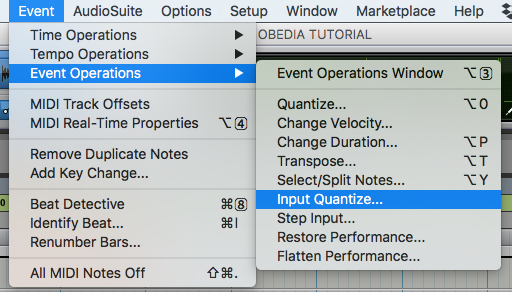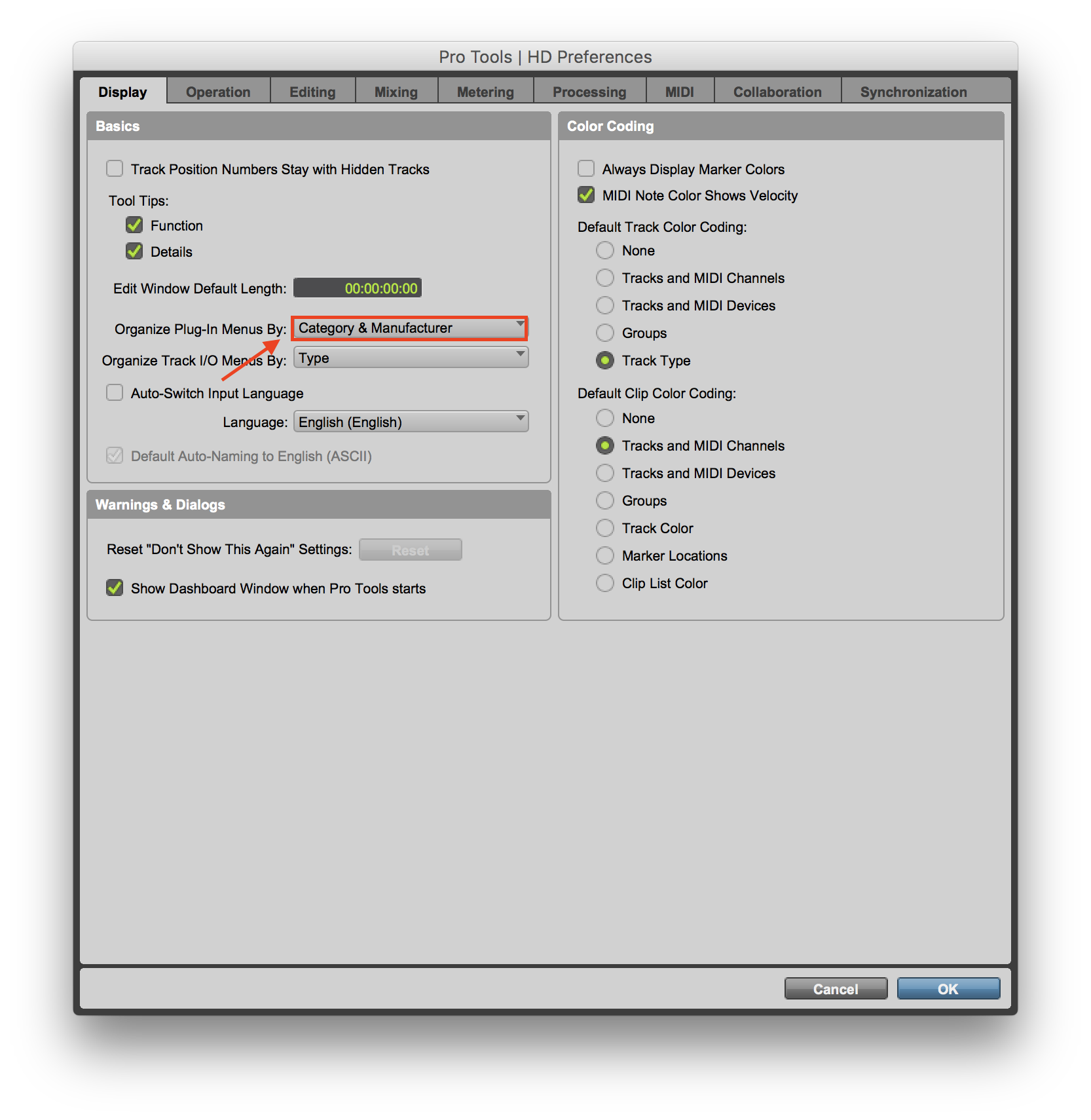

If you are regularly round tripping sessions with the same people, you can round trip the session once, fix any I/O mapping problems along that way, and then save that session as a template.

PIO file, the original outputs can be restored. But, if you save a copy of your I/O by exporting it as a. This is because outputs contain hidden ID’s, and newly created outputs have new ID’s. It’s fine to rename an output, but if you delete and recreate it, the memory will be lost. This is why it’s good to not blow away your I/O with every session you receive. If you delete your outputs and recreate them from scratch, the session won’t have knowledge of them anymore. One thing to keep in mind is that this memory will only last as long as your output listings.This will even be the case if the session leaves your system and is opened on several other systems before returning. So if a mapping fails, and you fix it, that session will always open correctly from then on. A session will remember if it has been on a system before.

It doesn’t matter if the name or format of the output is different. If a bus was assigned to the monitor path on System A, it will automatically map itself to the monitor path of System B. The monitor path is the main output that should always be heard. To accomplish this, there are several criteria used to map busses to outputs. If a custom I/O setting is chosen, it will be remembered and chosen the next time you create another session. This way you can get back to your default every time. Custom I/O’s can be accessed from the I/O Setting list when creating a new session. You may find that you want your custom set of busses, which it is why it’s good to export a custom I/O Setting directly after creating it. If you’ve received and opened a session from someone else, “Last Used” may not be the correct choice when creating a new session. If you are to use “Last Used” the next time you create a session, that new session will inherit these changes. Once your session is created, you may find yourself adding new busses, or customizing existing busses. “Last Used” will use whatever exists in the I/O Setup at the moment the session is created. It typically will default to ‘Last Used’, unless you’ve selected a custom I/O the last time you created a session. The key thought was – ‘Wouldn’t it be nice if you could leave your I/O labeling and session routing alone?’Īn I/O Settings selector is available in the Dashboard when creating new sessions. The only way to really ensure that you hear something is to overwrite your own I/O configuration to mirror that of the session, and even then, you might need to do some additional work in the session to hear the intended output. Some only have stereo outputs, some have surround, and some are used to send the session to an external mixing board. Sessions often travel to different I/O’s, of different sizes, that are used in different ways. The next area of improvement to focus on was really how important the flexibility of session interchange is to our users workflow. The question then became, “which busses are safe to get rid of?” This led us down the path of making a distinction between session and hardware, which I will explain a bit more later. The original thought was to keep everything all of the time, which created a lot of unused orphaned busses. One of the key things that sparked these changes was the overwhelming large bus buildup that would happen when interchanging sessions between different systems. The product design team plans to share more posts like this on feature enhancements and workflows over time.
#Protools 12 inputs pro#
What I’d like to do here in this blog post, is walk you through the thinking behind these changes, and explain the new behaviors of I/O Setup in Pro Tools 12. We’ve received a lot of feedback over the last few years, and it has encouraged us to make some improvements in this area. It has always been a very deep and complicated section of Pro Tools, for both us as developers and for our customers.
#Protools 12 inputs software#
The I/O Setup is extremely important in how users interface their Pro Tools software based sessions, with their ‘out of the box’ gear. I come from a music audio engineering background, but have also been deeply involved in many of the Pro Tools post production workflows for the last seven years. My name is Chris Winsor, and I’m one of the product designers on the Pro Tools team here at Avid.


 0 kommentar(er)
0 kommentar(er)
